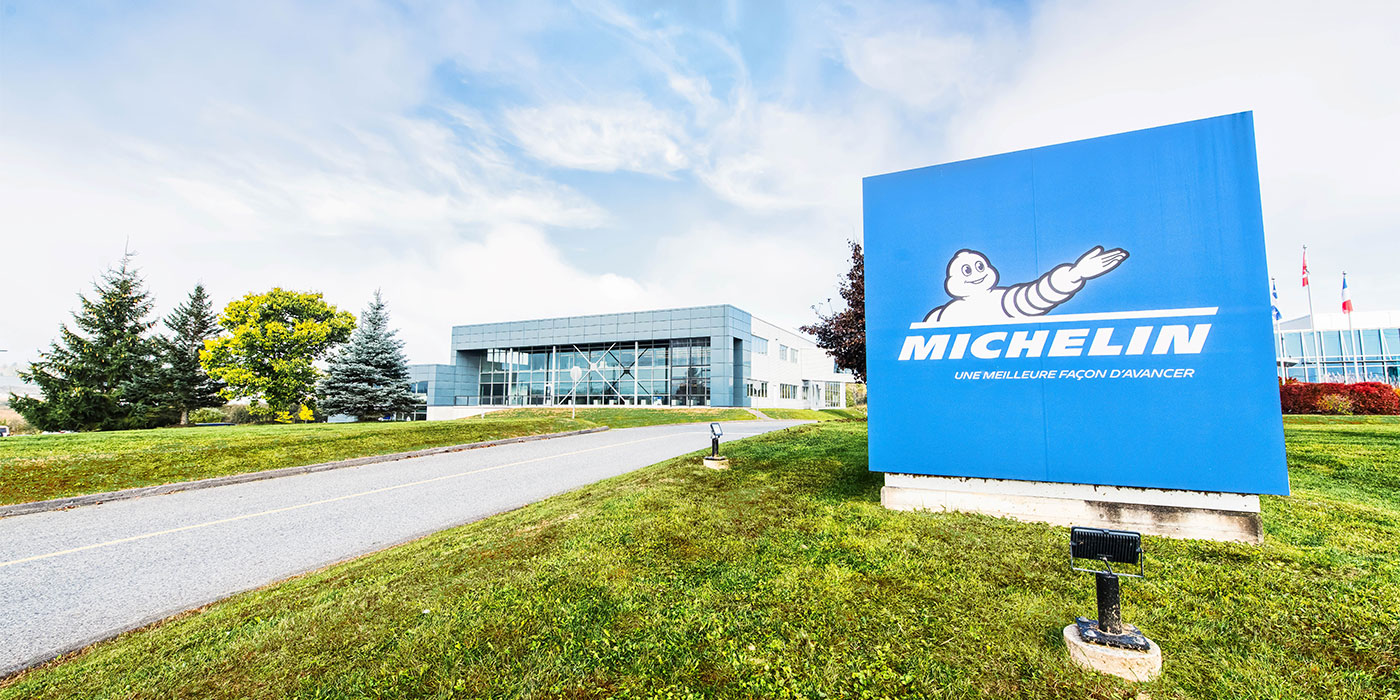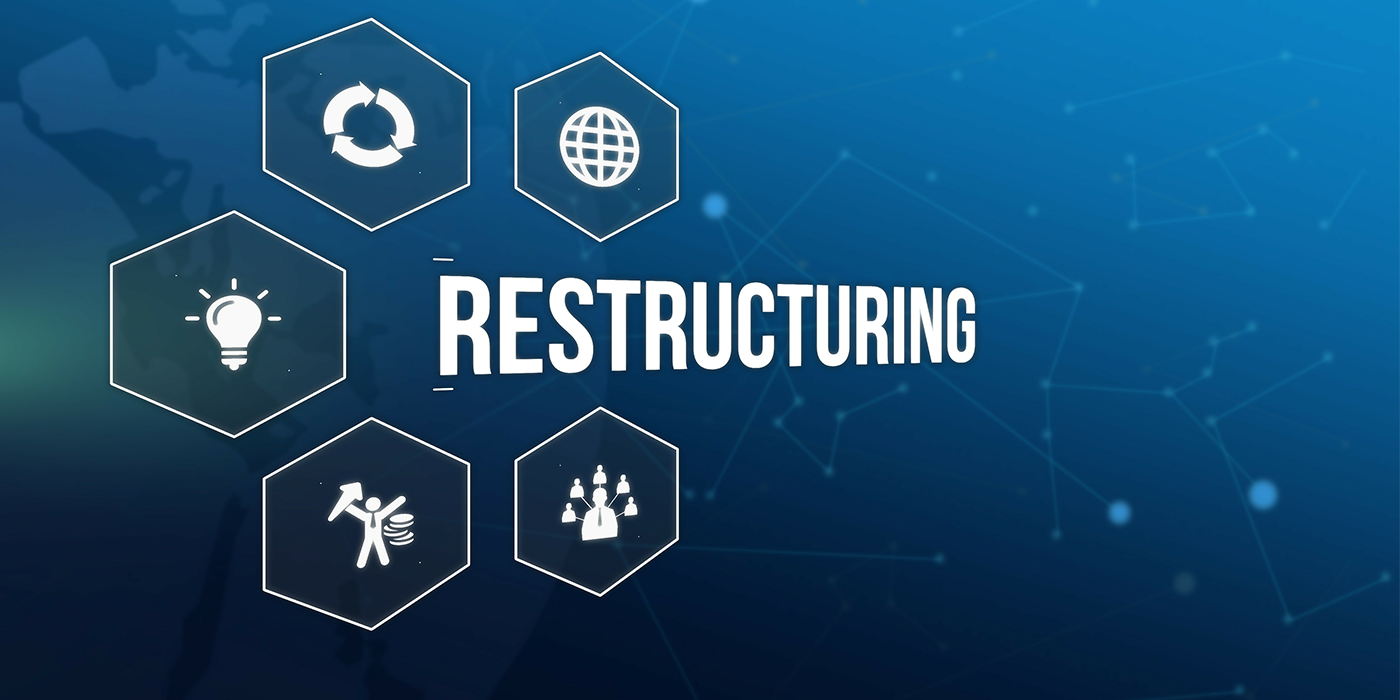I have coached thousands of tire dealers on how to increase their service business, but, sometimes, a sharper focus on service can diminish tire sales or change mix percentages.
Is that a bad thing? Absolutely!
Tiremakers, programs, franchisees and tire retailers have all created business, staffing and facility models that worked on paper. Some had 70% tire sales and 30% service models, and others planned for 30% tire sales and 70% service.
Many independent tire dealers just let the mix seek its own level, focusing on the customer’s needs instead of percentages. So, which is correct? What is the best tire/service mix?
The answer: None of the above and all of the above. There is no such thing as a ‘best practice mix.’ Your best mix depends on your specific business, staffing and facility models.
If you planned for a certain tire mix, you had better maintain it or your suppliers may not be able to give you the same discounts and volume rebates. “So what?” you might say, “I make more money on service anyway.”
Not so! If you know what you’re doing, the opportunity to make more money in gross profit per hour on tire sales vs. service is very easy.
For the majority of my 35 years in this industry, I focused on service and had a misguided belief that service was always more profitable. But, when I had the opportunity to work with tire dealers, I saw the error of my ways. The contribution of margin dollars after technician cost per hour will always be higher in tire sales than service sales. The margin percentages might be higher in service, but you pay your bills with dollars, not percentages.
If you want to see my analytical equations on this, send me an e-mail, and I will send them to you.
So, let us get back to the mix. Let’s look at how you can maintain your tire/service mix while still growing your service business.
Creating the Right Model
When a business, staffing and facility model is designed, it is typically created to produce a certain net profit to the owner.
If you don’t work with a tire supplier that has created a business, staffing or facility model to help you, you’ll have to create your own.
Let’s start with the business model. For this, we must not ignore the fact that cars, trucks and tires are much more reliable and last much longer. As a result, car count will naturally decrease unless you do something to stabilize or increase it. Because they offer more options – tires and tire services, naturally – most tire dealerships have higher car counts than service-only facilities.
If you change your tire/service mix by only focusing on service, tire sales will decrease. This will eventually erode car count, giving you fewer opportunities for service sales. Plus, reduced tire sales will bring an upward adjustment in your tire buying prices. Since you make money on the buy and not the sale, you may kill the goose that lays the golden eggs – tires.
The answer is to focus on both products equally. Separate your tire and service businesses on your profit and loss statement. Both of these segments have very different key performance indicators. If you combine them, you won’t be able to diagnose why you’re not making the money you deserve.
The staffing model is more complicated, since having an A or B service tech change tires will hurt your tire margins. Tire techs should cost approximately 5%-7% of your tire sales; a service tech, loaded with full benefits, should cost no more than 20% of your service sales.
In general, your tire dealership needs tire techs, a good diagnostic A tech, parts changing B techs and general-service technicians to perform simple preventive maintenance. If you want your business to deliver complete car-care service, being able to perform requested work, take on previously declined work, offer 30-point courtesy checks and perform scheduled maintenance are musts.
Consider that an excellent service tech can only service about three to four cars (with an average RO over $300) per day. The key to your success is getting and retaining a service manager that can handle three of these technicians at one time and deal with the associated customers. This ‘team’ will generate $1 million in service sales per year – if everyone does his or her job correctly.
We’ll continue with the facility model in the next issue, and then, we’ll move on to the 21 tire key performance indicators you need to measure progress.
Click here for more ways to strengthen your sales efforts.
Chris “Chubby” Frederick is president of Automotive Training Institute.













